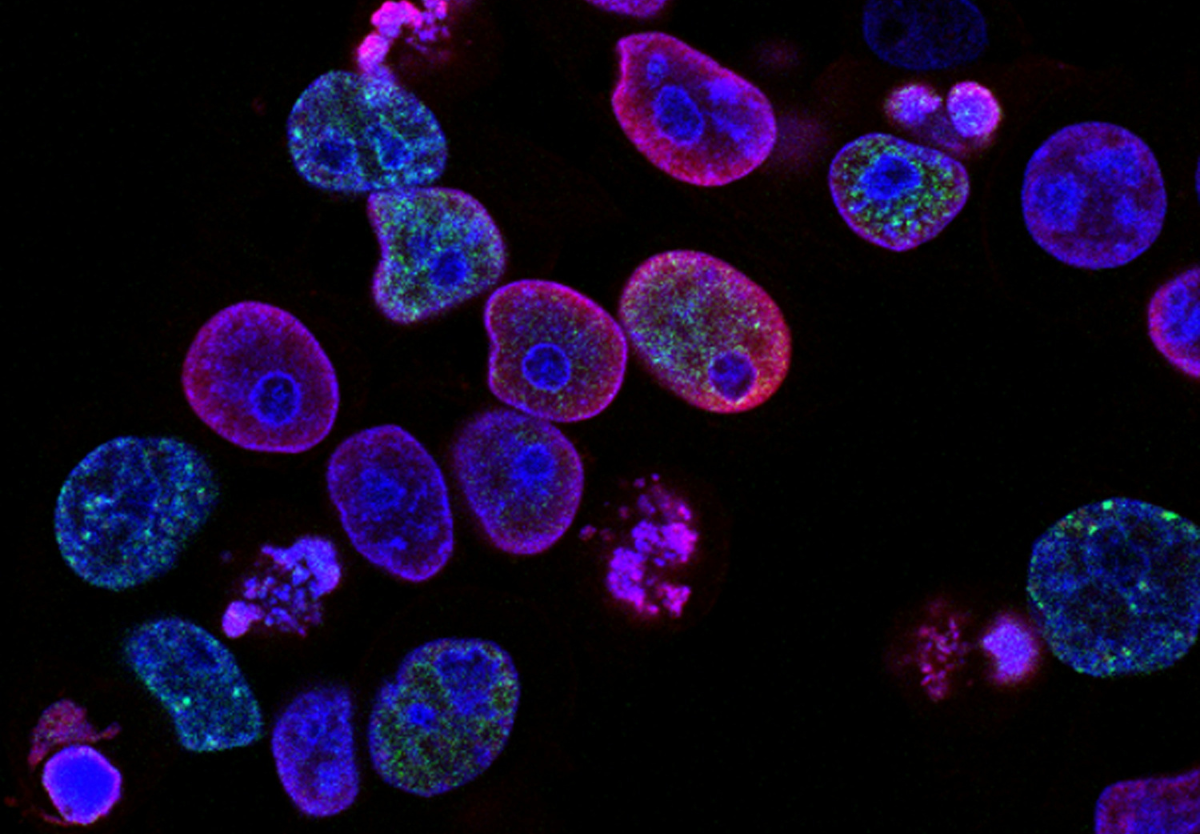A Breakthrough Treatment in the Fight Against Cancer
Korean researchers have discovered a revolutionary new treatment that flips cancer cells back into normal ones.
Health

There’s no better way to honor World Cancer Day on February 4 than by shining a spotlight on the advancements that researchers at the Korea Advanced Institute of Science and Technology (KAIST) are making in the fight against cancer. The research team, led by Professor Kwang-Hyun Cho from the Department of Bio and Brain Engineering, has developed a groundbreaking method that can treat the disease by converting cancer cells into a state resembling normal cells.
Traditional treatments have side effects
Until now, most cancer research and treatment has focused on finding methods to target and eliminate the cancer-causing cells, and a lot of progress has been made in this area. However, these traditional treatments, like chemotherapy, face fundamental limitations. In some cases, the cancer cells develop resistance and return, and there are severe side effects resulting in healthy cells and tissues being destroyed along with the cancer cells. Given that it can save a patient’s life, most deem this collateral damage worth it.
A different approach
And that’s where Professor Cho and his team come in: They’ve developed a new method for tackling cancer-causing cells. Working with colon cancer cells, they determined a way to use genetic switches to revert the cells to a healthy state and this technique could significantly change how we approach cancer treatment.
They created a digital model of the gene network associated with normal cell development and found several molecules associated with normal cell differentiation, known as “master regulators. When these regulators— MYB, HDAC2, and FOXA2—were suppressed, the cancer cells reverted to a normal-like state, eliminating the risk of the disease and without destroying healthy cells in the process. The results were confirmed through molecular experiments and studies on mice.
The potential to combat all forms of cancer
What’s more, the team extended their research to the brain and using their digital modeling program, discovered four master regulators in the hippocampus region of a mouse. By implication, this finding could potentially reverse the spread of brain cancer and the digital modeling program could eventually be used to fight all forms of cancer.
“The fact that cancer cells can be converted back to normal cells is an astonishing phenomenon. This study proves that such reversion can be systematically induced,” says Professor Cho.
“This research introduces the novel concept of reversible cancer therapy by reverting cancer cells to normal cells. It also develops foundational technology for identifying targets for cancer reversion through the systematic analysis of normal cell differentiation trajectories,” he concludes.
There’s no news quite like good news, and this positive breakthrough is a wonderful way to spread hope on World Cancer Day.